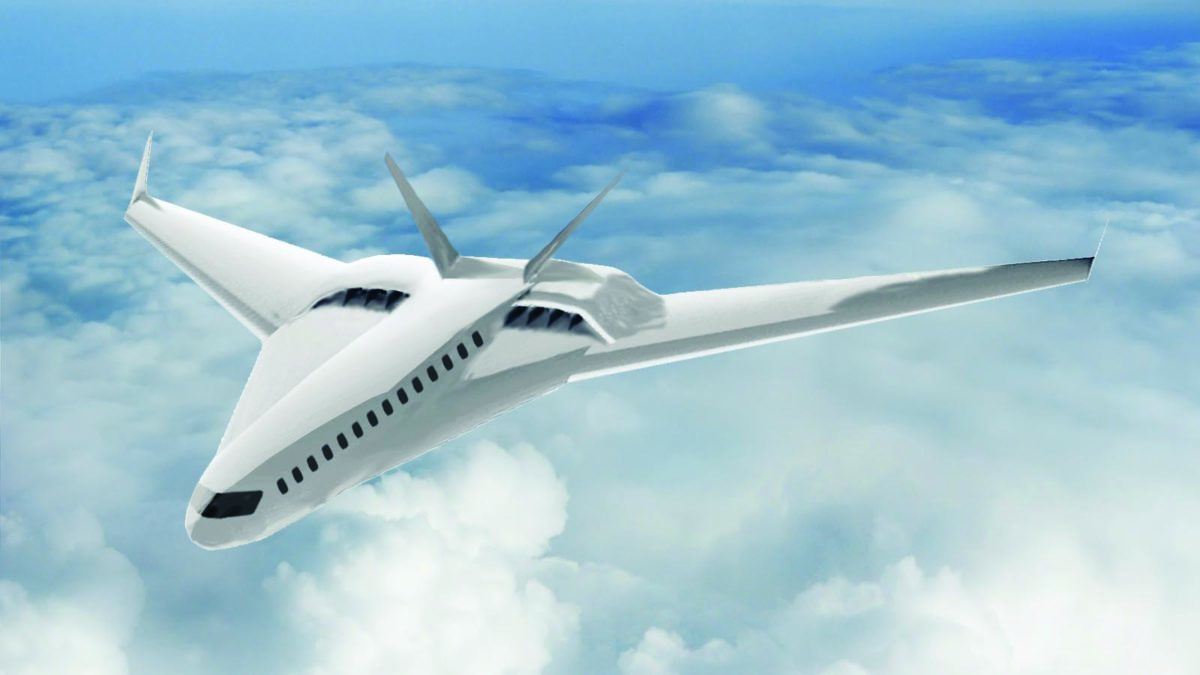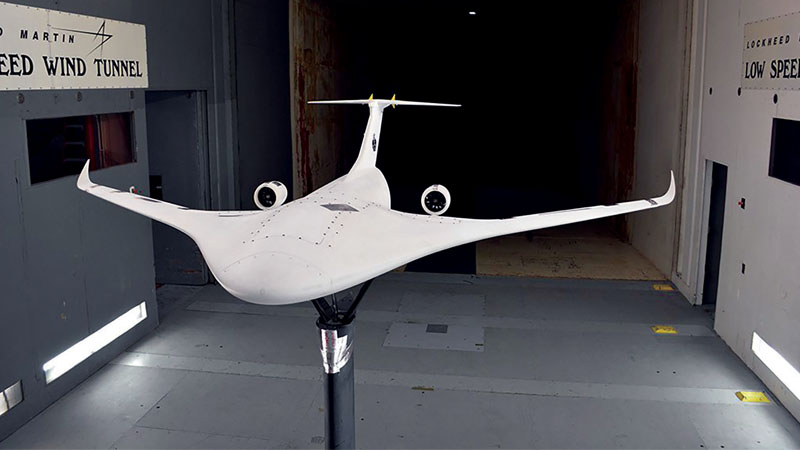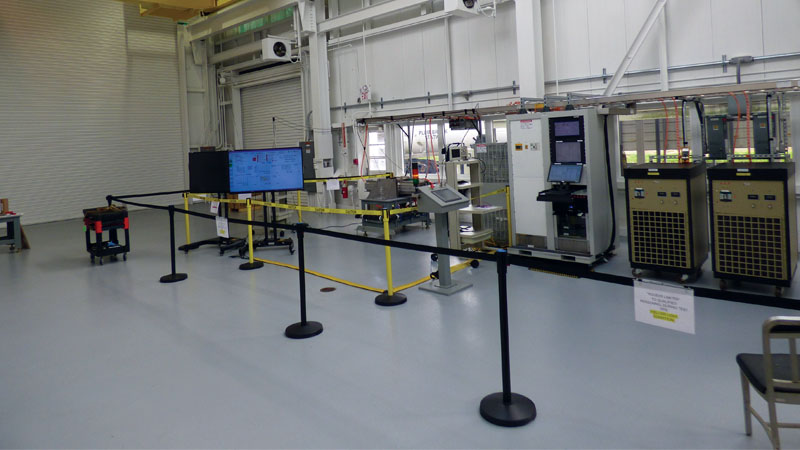Hybrid electric concepts move toward demonstration
By Michael Ikeda, Gokcin Cinar and John Nairus|December 2019
The Energy Optimized Aircraft Systems Integration Committee works to promote a better understanding of energy optimized aircraft and equipment systems, from concept development to vehicle production, including relevant international academic and industrial experience.
The push toward hybrid electric solutions for aircraft propulsion, power and thermal management continued with a focus on the need for hardware demonstrators. In April, Collins Aerospace unveiled a $50 million investment to add 2,300 square meters of lab space to test advanced electric power systems. “The Grid” is intended to be fully operational in 2021 and will support the design and testing of a 1-megawatt motor, motor controller and battery system.
Looking toward the regional jet market, Rolls-Royce announced in August that it began ground tests of the 2.5-MW E-Fan X generator. At the Paris Air Show in June, United Technologies Advanced Projects announced Project 804, focused on flying a modified Bombardier Dash 8-100 hybrid-electric turboprop within three years targeted at 30% fuel savings. UTAP is replacing one of the turboprops with a parallel hybrid powertrain consisting of a 1-MW engine optimized for cruise efficiency and a battery-powered 1-MW electric motor designed for takeoff and climb assist. Also at the Paris Air Show, Rolls-Royce announced its intent to acquire Siemens’ eAircraft business, and on Oct. 1 it announced the acquisition was complete.
On the light aircraft front, Canada-based Harbour Air announced in March a partnership with magniX, a research and development company based in Seattle that is developing high power density electric motors, to convert a de Havilland DHC-2 Beaver to a battery electric drivetrain. Prototype testing was planned for November with commercial flight certification targeted for 2021. In June, Los Angeles-based Ampaire demonstrated its parallel hybrid electric powertrain on a converted Cessna 337 Skymaster. The Cessna’s rear engine was replaced with Ampaire’s battery-powered 180-kilowatt electric motor to provide two independent sources of power, one fully electric and one traditional. Ampaire expects the aircraft to be certified by 2021. NASA also continued to progress its X-57 program with the August start of load testing of its high aspect ratio wing. Meanwhile, Zunum struggled to raise Series B funding and shut down its Bothell, Washington, headquarters in July and laid off the majority of its employees.
While demonstrations of existing technologies have been a focus, NASA announced $6 million in funding over three years for the Center for Cryogenic High-Efficiency Electrical Technologies for Aircraft at the University of Illinois at Urbana-Champaign. The center will pursue a fully electric aircraft centered on cryogenic liquid hydrogen and fuel cells.
The NASA-funded University Led Initiative Electric Propulsion — Challenges and Opportunities project being carried out by Ohio State University, Georgia Tech, University of Wisconsin-Madison, University of Maryland and North Carolina A&T State University completed its second year of research and hardware development. This five-year project includes extensive testing and data characterization of commercially available battery cells, testing of a 200-kW integrated electric machine, power electronics and thermal management system, and system level aircraft assessment that integrates test data from actual hardware development, including integrated battery, thermal management system and propulsion models.



































